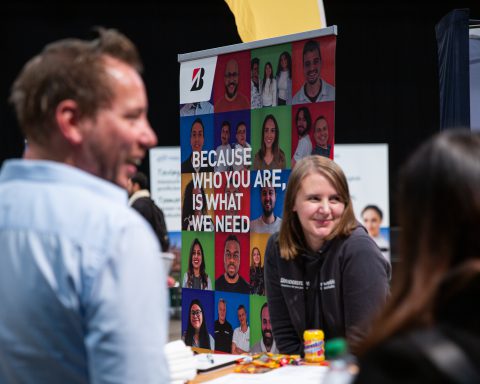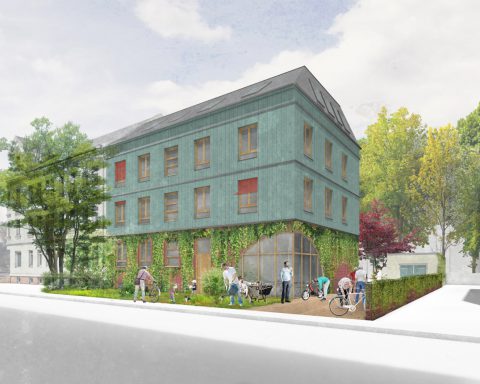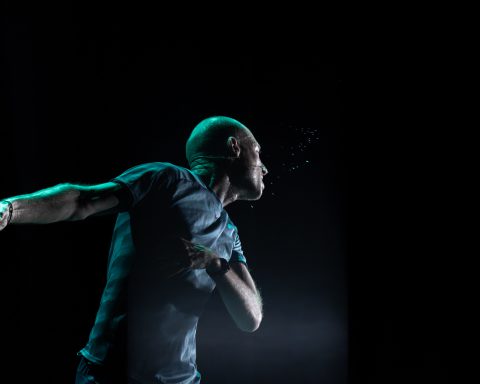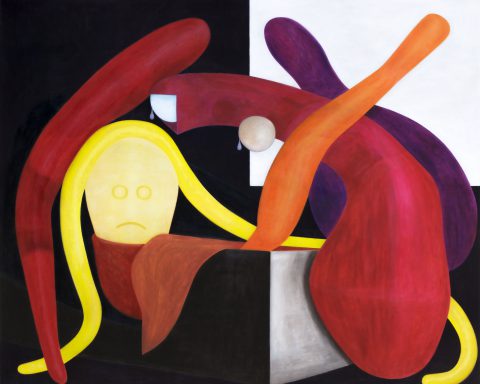“We’re the only animals who pay to live on the earth”, a friend said to me earlier that week. What an odd concept, this one of property, and owning land, and paying to live in safety and security, out of the elements.
For most of us, however, some form of compensation for a living space is the norm, be it privately owned, shared with family or in a communal living arrangement, often with people who start off as complete strangers. Humans are also said to be the only social species who tries to live alone, and I for one believe that it accounts for a lot of the disconnection that underlies many human maladies like depression and addiction, as well as social ills like homelessness, crime, lack of social cohesion, and loss of the values and norms that keep societies safe and harmonious.

Together! Die Neue Architektur der Gemeinschaft shines a light on communal living, showcasing the evolution of ideas on sharing these spaces.
This Grassi Museum exhibition starts with “Utopia Now,” a timeline that begins in the 1800s with the Rochdale Society – a social housing development in Denmark aimed at alleviating the living conditions of the poor. Historically, many of the communal housing projects had a social upliftment theme, but we are also introduced to those communes which were much more informal and often politically motivated.
The documentary Christiania: 40 years of occupation recounts the history of the squatter movement of the early 70s, also in Denmark. Instead of trying to evict the tenants, the government classed it as a “short term experiment in communal housing” – which lasted for 40 years. Another documentary, Torre David, recounts the experiences of a fully functioning cooperative community in Venezuela, also eventually evicted from their communal housing by the government.
The “City as a Public Living Room” section of the Grassi exhibit consists of a representation of a city made up of 21 scale models of various contemporary communal housing initiatives, from around the world.
People are seen sharing common spaces like café’s, workshops, or rooftop parks, with private houses built over, under or around these communal shared areas.
A great example is the Yokohama Apartment in Japan, where four artists designed their houses over an open street-level area that serves as their studios, exhibition space and a place to hold workshops for the public. In this way, the broader community is invited into the space, and there is a creative and social flow between those members of the housing structure and the community at large.
Walking through the scale models, you reach Collective Privacy, which is a life-size representation of an apartment shared by four adult tenants and one child. Each person has a private room, bathroom and in some cases a mini-kitchen – but the kitchen and living room is a centrally shared space where residents can come together to interact, share meals and enjoy the benefits of communal living.
An entire wall is dedicated just to contemporary and historical communal and cooperative living structures in Leipzig, with some buildings dating back more than a century and others still in the planning and construction phases.

Many people are starting to see these traditional or less conventional living arrangements as more affordable, more sociable and overall more desirable than the Western norm of the nuclear family living together in one apartment or house. With the increasing demand for housing in big cities dictating property prices, and less space available for adequate housing, communal housing cooperatives offer a viable alternative to many families, as well as young or older people who can’t afford to – or choose not to – live alone.










